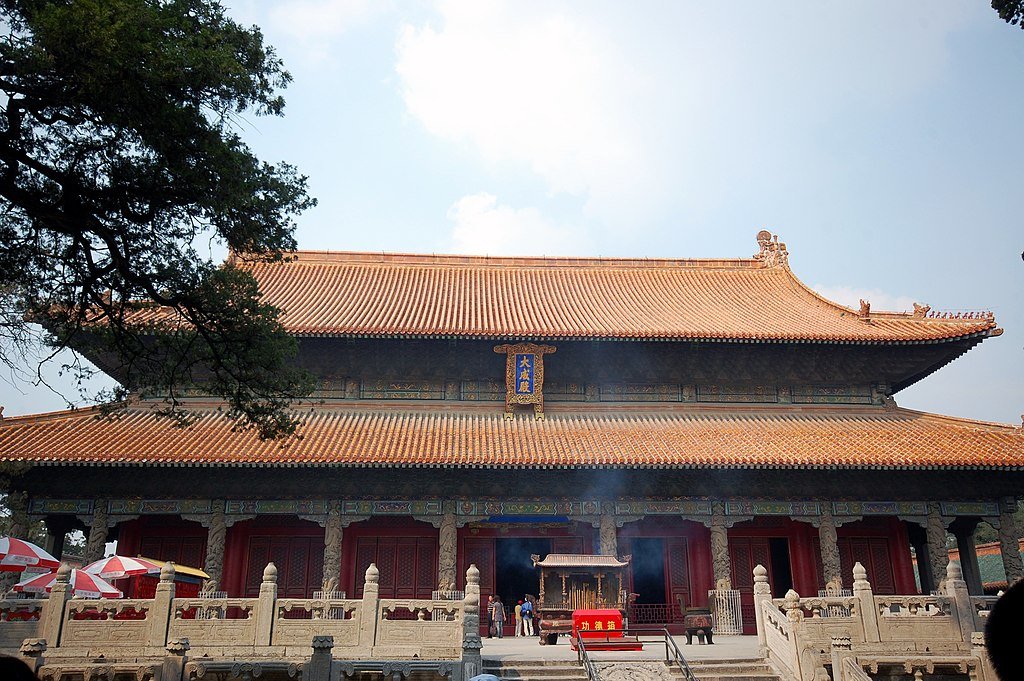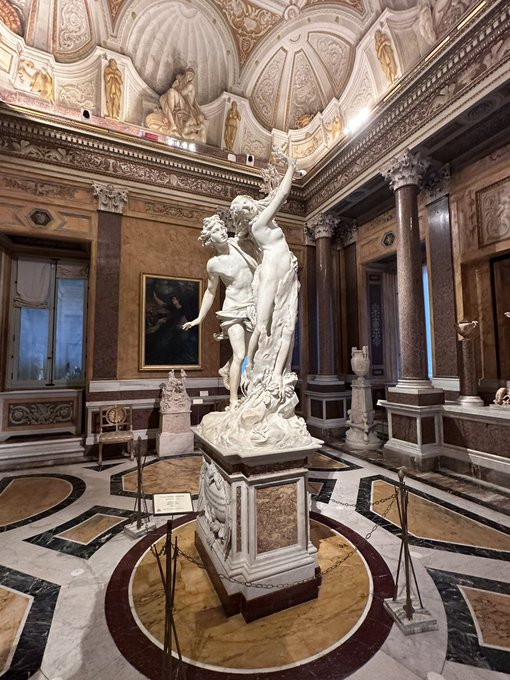Can ancient Chinese architecture revolutionize Western design and sustainability?
Ancient Chinese buildings valued nature and detail, unlike Western focus on symmetry and structure.
Laojun Mountain has been a Taoist pilgrimage site since the Wei Dynasty (386-534). 🧵⤵️
Ancient Chinese buildings valued nature and detail, unlike Western focus on symmetry and structure.
Laojun Mountain has been a Taoist pilgrimage site since the Wei Dynasty (386-534). 🧵⤵️

1. Chinese architecture often blends seamlessly with its environment, as seen in the Yuyuan Garden, which carefully integrate with the natural landscape.
The Yu Garden was built in 1559 during the Ming Dynasty by Pan Yunduan to honor his father and provide comfort in his old age and was completed in 1577 after a delay due to Yunduan's official duties.
The Yu Garden was built in 1559 during the Ming Dynasty by Pan Yunduan to honor his father and provide comfort in his old age and was completed in 1577 after a delay due to Yunduan's official duties.

2. Ancient Chinese constructions emphasized sustainability by utilizing materials available in their surroundings, like the Great Wall of China, which used local stones, bricks, and other materials.
The Great Wall of China was a monumental feat of ancient engineering stretching over 13,000 miles. It was built across several dynasties to protect against invasions and symbolize the might of Chinese civilization.
The Great Wall of China was a monumental feat of ancient engineering stretching over 13,000 miles. It was built across several dynasties to protect against invasions and symbolize the might of Chinese civilization.

3. The traditional dougong bracket system in Chinese buildings, such as the Yuantong Temple, allowed for structures that could withstand earthquakes thanks to their flexible wooden frameworks.
Dougong is a traditional Chinese architectural element consisting of interlocking wooden brackets that support a building's roof and eaves without the use of nails. Built during the the Tang dynasty (618-907), the Yuantong Temple serves as a classic example of dougong.
Dougong is a traditional Chinese architectural element consisting of interlocking wooden brackets that support a building's roof and eaves without the use of nails. Built during the the Tang dynasty (618-907), the Yuantong Temple serves as a classic example of dougong.

4. Buildings were designed to enhance airflow and natural light, reducing the need for artificial climate control and lighting, demonstrated by the layout of traditional Siheyuan courtyards. 

5. The use of gardens on rooftops in Chinese architecture, like the Thammasat University, could insulate buildings and reduce runoff, exemplifying green roofs.




6. Ancient Chinese gardens and palaces, such as the imperial Summer Palace in Beijing, were designed with sophisticated water features that recycled and conserved water. 

7. Many ancient Chinese buildings, including traditional Hakka Tulou, were constructed using modular units, allowing for easier repair and adaptation, showcasing modular design.
Hakka Tulou are unique, large, circular or square communal dwellings in southeastern China, made of earth and wood, designed for communal living and defense.
Hakka Tulou are unique, large, circular or square communal dwellings in southeastern China, made of earth and wood, designed for communal living and defense.

8. The strategic orientation of buildings to take advantage of seasonal changes in the sun's path for heating and cooling is evident in the design of the Tulou homes, enhancing energy efficiency. 

9. The concept of designing outdoor spaces to be functional and harmonious with the natural world is embodied in the classical Chinese garden, like the Lion Grove Garden, as a microcosm of the natural world. 

10. Embedding cultural, spiritual, and philosophical meanings into architectural designs fosters a deeper connection between inhabitants and their living spaces. This is seen in the Temple of Heaven in Beijing, designed to symbolize the relationship between heaven and earth. 

The Confucius Temple or Kong Miao in Qufu is dedicated to Confucius and was built in 478 BC. It's a place for ceremonies and education, reflecting traditional Chinese architecture and respect for learning. 

Nanputuo Temple, located in Xiamen, is a famous Buddhist temple founded in the Tang Dynasty, renowned for its rich history and serene setting at the foot of Wulao Peak. 

The Mazu Temple in Chiayi City, Taiwan, dedicated to the sea goddess Mazu and known for its intricate architecture, was established in the 17th century, reflecting its deep roots in local maritime culture and history. 

The Bezeklik Thousand Buddha Caves, near Turpan in China's Xinjiang region, date from the 5th to 14th centuries and feature Buddhist murals.
The Bezeklik Thousand Buddha Caves were used for Buddhist worship and meditation, serving as a monastic complex where monks lived, prayed, and created religious art.
The Bezeklik Thousand Buddha Caves were used for Buddhist worship and meditation, serving as a monastic complex where monks lived, prayed, and created religious art.

• • •
Missing some Tweet in this thread? You can try to
force a refresh




















